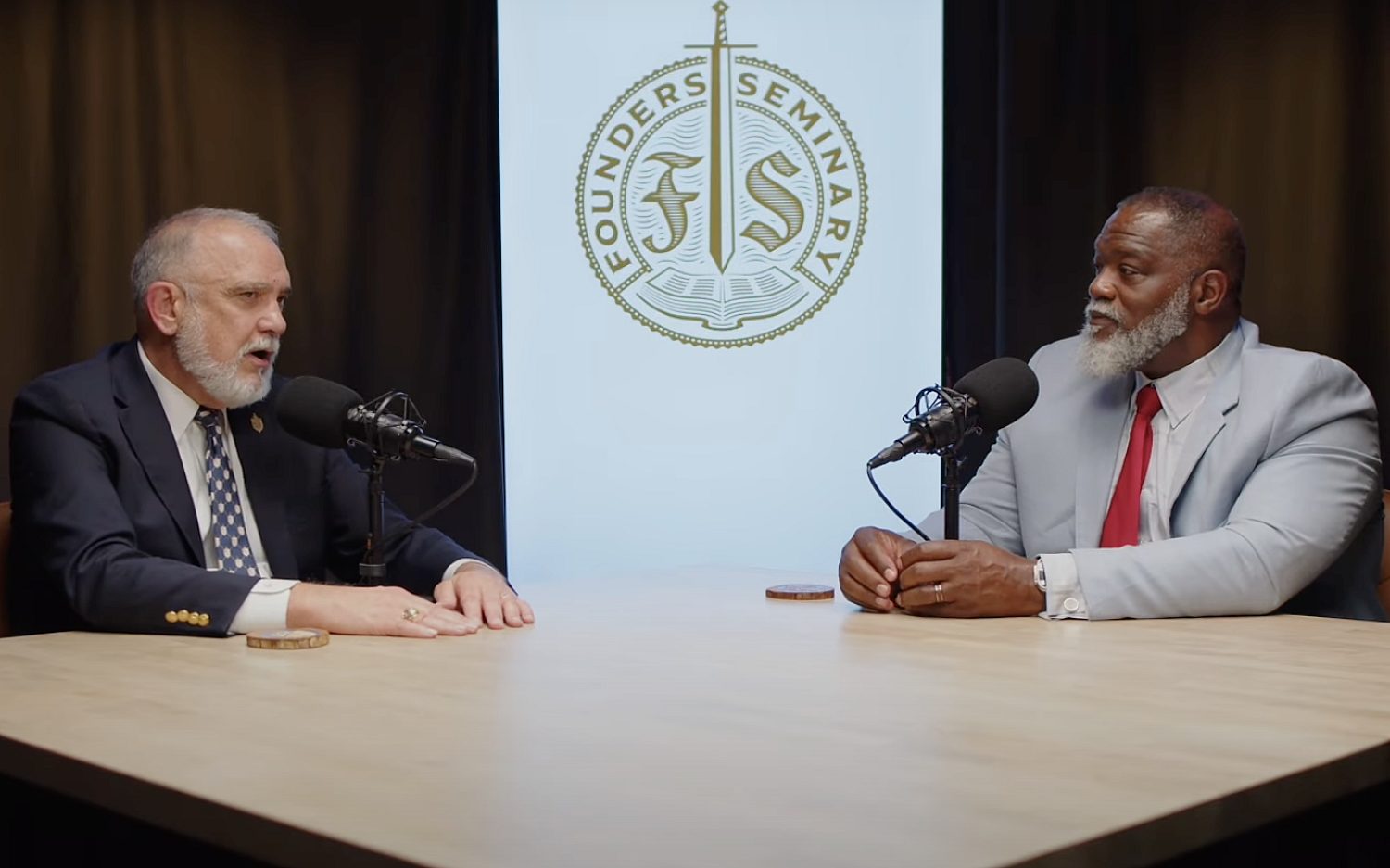Today's forecast: Magnetic, with a chance of electrical disruption
A billion-dollar research mission began last week as NASA launched four data-gathering spacecraft to help scientists understand how “space weather” causes disturbances in magnetic fields around the Earth, influencing communications on our planet.
After a “picture-perfect” launch, NASA reported yesterday the octagonal, 3,000-pound Magnetospheric Multiscale (MMS) observatories are orbiting in pyramid formation as planned, 6 to 250 miles apart.
“We’re all green and headed into our mission,” said NASA project manager Craig Tooley.
Each craft’s sensor-laden probe and magnetometer booms—like long arms—are now in position. Their oblong orbit will stretch tens of thousands of miles into the magnetosphere, nearly halfway to the moon at one point. Though only 11 by 4 feet wide, the crafts’ extended booms will reach as wide as a baseball field.
The mystery they will mine is how Earth’s magnetic fields connect and disconnect, triggering an explosive release of energy in a process known as magnetic reconnection, which can be seen only in space. The repeated process of reconnection drives the aurora, as well as solar storms that can disrupt communications and power on Earth. The quartet of identical spacecraft will work in tandem to show the first three-dimensional view of this fundamental process, which occurs throughout the universe.
Magnetic reconnection happens when “magnetic field lines are disrupted to the point that they burst like a bubble and then collapse back to the point that they ‘reconnect,’” Steve McKamey, a space systems and propulsion consultant, told me.
Solar magnetic reconnections—independent of terrestrial magnetic reconnections—are a cause of space weather, and are actually visible on the sun. But NASA’s present mission is concerned with how space weather affects the Earth’s magnetosphere.
McKamey, who has modeled space weather for NASA’s Advanced Concepts Group at the Marshall Space Flight Center in Huntsville, Ala., said technological advances make the two-year study mandatory.
“As we become more reliant on electronic communication and especially satellite communication, these disruptions caused by space weather are more problematic,” he said. “Understanding and mitigating their effects becomes an economic necessity.”
Space weather shares some similarities with weather on Earth, except the composition of the wind (solar wind and galactic cosmic rays) is different and the storms are made up of highly energetic protons, electrons, and x-rays thrown off by the Sun.
“Astronauts on the ISS have to take shelter when some of these storms are detected because of the radiation danger that they pose to both man and electronic machines,” McKamey said.
Research shows magnetospheric disruptions from space weather can cause up to 50 kilovolt spikes on high-tension power lines as well as other problems. But McKamey explained there are some advantages: HAM Radio operators harness the effects of such space weather to increase the skip distance on both HF and VHF communications. Regardless, space weather can affect all communications systems—commercial, public, and military.
Principal investigator Jim Burch from the Southwest Research Institute in San Antonio said the NASA mission will take measurements down to the electron scale, significantly smaller than any previous heliophysics studies.
With 100 science sensors activated on the $1.1 billion MMS mission, primary science-gathering will begin this summer.
“We’re not setting out here to solve space weather,” Burch said. “We’re setting out to learn the fundamental features of magnetic reconnection.”
The Associated Press contributed to this report.
An actual newsletter worth subscribing to instead of just a collection of links. —Adam
Sign up to receive The Sift email newsletter each weekday morning for the latest headlines from WORLD’s breaking news team.




Please wait while we load the latest comments...
Comments
Please register, subscribe, or log in to comment on this article.